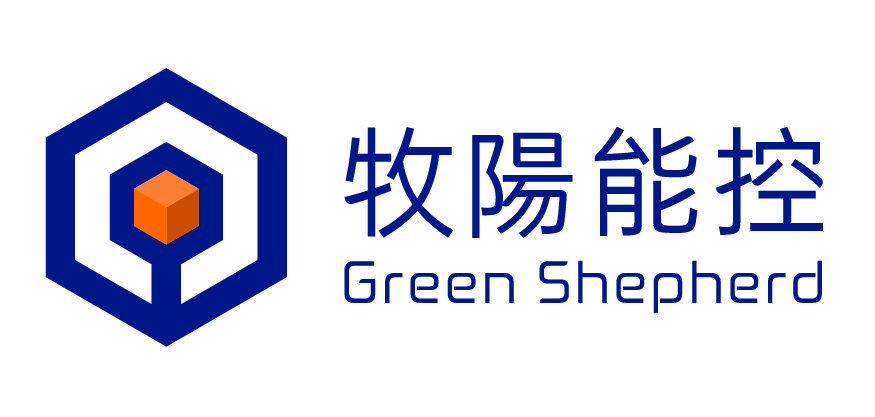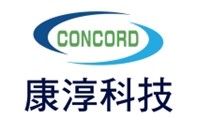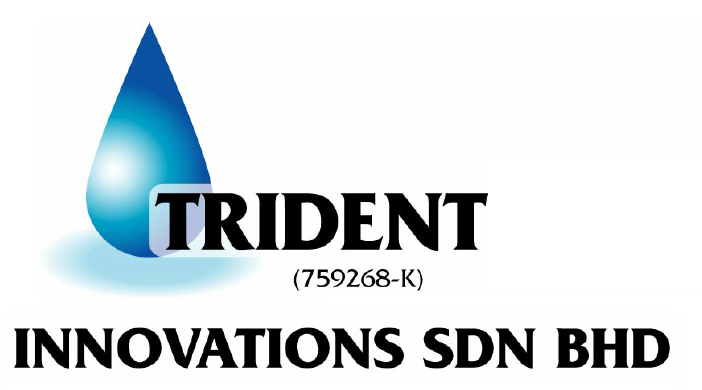- Home
- Technology
- Publication
Effect of Different Pretreatment Technologies and Solid Concentrations on Biogas Yield in Anaerobic Fermentation System of Pig Manure
This study investigated the characteristics of the pig manure (PM) and roles of hydrolysis technologies for improving biogas production. Furthermore, this study focused on high solid concentration (5% total solid of pig manure). In order to understand the characteristics of pig manure, batch experiments were conducted to assess the potential biogas production of 5% total solid (TS) concentration of PM. The results showed that in 20 days of anaerobic fermentation batch test, the biogas production had reached 65% of total biogas production. Three hydrolysis technologies: alkali treatment (pH 9 and pH 11), acid treatment (pH 3 and pH 5) and ultrasonic treatment (30 sec, 60 sec, and 120 sec) were then carried out to improve the utilization rate and biogas production of PM in the anaerobic fermentation batch test. The results showed the increase of biogas production of PM after pretreated by alkali treatment, acid treatment, and ultrasonic treatment. After 20 days of anaerobic fermentation batch test, the highest biogas yield of pretreated PM reached 0.18, 0.30, 0.33 m3-biogas/kg-VS, respectively, while biogas yield of control group was only 0.15 m3-biogas/kg-VS. These showed that pretreatment by hydrolysis technologies (alkali, acid, and ultrasonic) can increase biogas production of PM by 0.17, 1.0, 1.15 times, respectively. This study also evaluated conditions suitable for stable operations of the mesophilic anaerobic fermentation system, the temperature was controlled at 35°C. The experiments were conducted in single-stage and two-stage of continuous anaerobic fermentation system. Single-stage anaerobic fermentation system was conducted in 12 L of fermentation tank and was fed with pig manure with flow rate of 0.6 L, the hydraulic retention time (HRT) of the fermentation tank was 20 days, and the pH was controlled at range pH 6.5 to pH 7.5. On the other hand, two-stage anaerobic fermentation system was conducted using 12 L of acidification tank and 12 L of methane fermentation tank. The acidification tank was fed with pig manure with flow rate of 3 L (HRT = 4 days) and the effluent of the acidification tank was fed into the fermentation tank with flow rate of 0.6 L (HRT = 20 days). The pH of the acidification tank was controlled at range pH 4.5 to pH 5.5, while for methane fermentation tank, it was controlled at range of pH 6.5 to pH 7.5. The results showed that the biogas yield of 5% TS concentration of PM in single-stage system was 0.27 m3-biogas/kg-VS, whereas in two-stage system, the biogas yield reached 0.39 m3-biogas/kg-VS. The increase in total solid concentration of feed PM from 5% to 7% TS concentration was also evaluated both in single- and two-stage anaerobic fermentation systems. The results showed that in two-stage system, 7% TS concentration of PM can reach 0.57 m3-biogas/kg-VS of the biogas yield, whereas in single-stage system, its biogas yield can only reach 0.23 m3-biogas/kg-VS. Analysis of digestate showed the removal of COD, TS, and VS reached 70%, 50% and 55%, respectively. Apart from laboratory scale experiments, this study will also conduct pilot scale experiments using 200 m3 anaerobic fermentation tank. The construction of pilot scale biogas field was just finished this year and can be found in Yunlin, the center region of Taiwan. In the next following months, this study will evaluate biogas production of pig manure in the pilot scale experiments. In the future, this pilot scale biogas field will be part of model sites to demonstrate biogas production from small and medium-sized pig farms in Taiwan, and it will also be part of real cases to be promoted to biogas markets in Southeast Asia.
Author:Laurensia Irmayani、陳幸德、黃雯婕、Jia-Jun Tee
★Article source:Conference on Alternative Fuels, Energy and Environment









